Growing Awareness of Wound Care
There is a notable increase in awareness regarding wound care management, which serves as a key driver for the Wound Care Management Devices Market. Educational initiatives and campaigns aimed at both healthcare professionals and the general public are fostering a better understanding of wound care practices. This heightened awareness is leading to earlier interventions and improved treatment outcomes for patients with wounds. As more individuals recognize the importance of proper wound management, the demand for specialized devices is likely to rise. Healthcare providers are responding to this trend by incorporating advanced wound care management devices into their treatment protocols. The growing emphasis on education and awareness is expected to significantly influence the market, driving innovation and adoption of effective wound care solutions.
Increasing Healthcare Expenditure
The rise in healthcare expenditure across various regions is a significant driver for the Wound Care Management Devices Market. Governments and private sectors are allocating more resources to healthcare, which includes investments in advanced wound care technologies. This trend is evident in many countries, where healthcare budgets are expanding to accommodate the growing demand for innovative medical devices. As healthcare systems prioritize patient-centered care and improved health outcomes, the focus on wound management becomes more pronounced. Consequently, the market for wound care management devices is likely to experience robust growth, as healthcare providers seek to enhance their offerings and improve patient care. The increasing financial commitment to healthcare is expected to bolster the development and adoption of advanced wound care solutions.
Rising Incidence of Chronic Wounds
The increasing prevalence of chronic wounds, such as diabetic ulcers and pressure sores, is a primary driver for the Wound Care Management Devices Market. According to recent data, chronic wounds affect millions of individuals worldwide, leading to a heightened demand for effective wound care solutions. This trend is particularly pronounced among the aging population, which is expected to grow significantly in the coming years. As the number of patients requiring specialized wound care rises, healthcare providers are increasingly investing in advanced wound care management devices. This shift not only enhances patient outcomes but also drives market growth as manufacturers innovate to meet the evolving needs of healthcare systems. The Wound Care Management Devices Market is thus positioned for substantial expansion as it addresses the challenges posed by chronic wound management.
Technological Advancements in Wound Care
Technological advancements play a crucial role in shaping the Wound Care Management Devices Market. Innovations such as bioactive dressings, negative pressure wound therapy, and smart wound monitoring systems are revolutionizing the way wounds are treated. These technologies not only improve healing times but also enhance patient comfort and reduce the risk of infections. The integration of digital health solutions, including telemedicine and mobile health applications, further supports wound care management by enabling remote monitoring and timely interventions. As healthcare providers increasingly adopt these advanced technologies, the market is likely to witness significant growth. The demand for sophisticated wound care management devices is expected to rise, driven by the need for effective and efficient treatment options that align with modern healthcare practices.
Aging Population and Associated Health Issues
The aging population is a critical factor influencing the Wound Care Management Devices Market. As individuals age, they often experience a range of health issues, including skin fragility and chronic conditions that predispose them to wounds. This demographic shift is leading to an increased demand for effective wound care management solutions. The World Health Organization projects that the number of people aged 60 and older will double by 2050, which will likely exacerbate the challenges associated with wound care. Healthcare systems are thus compelled to adapt to this demographic change by investing in advanced wound care management devices. The market is expected to grow as manufacturers develop products tailored to the specific needs of older patients, ensuring that effective wound care is accessible to this vulnerable population.


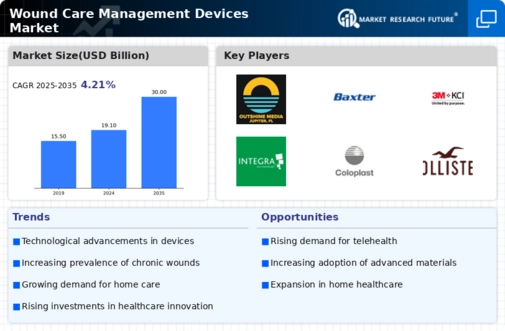
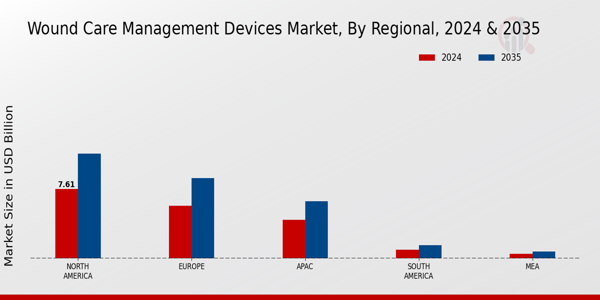
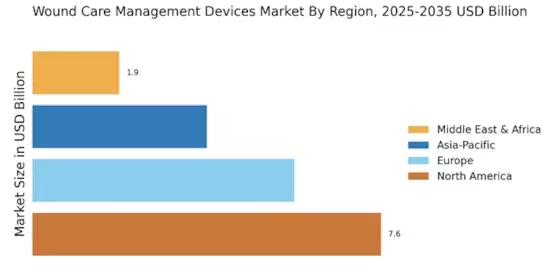


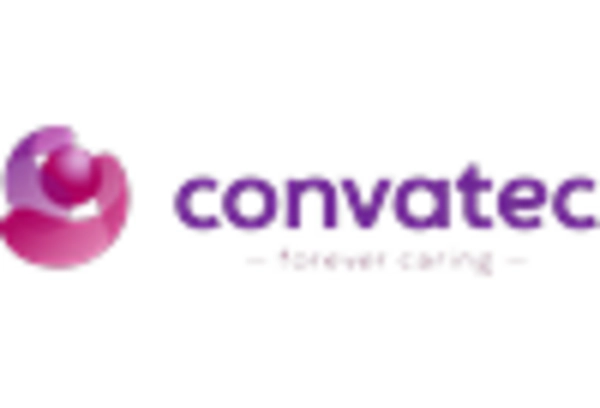
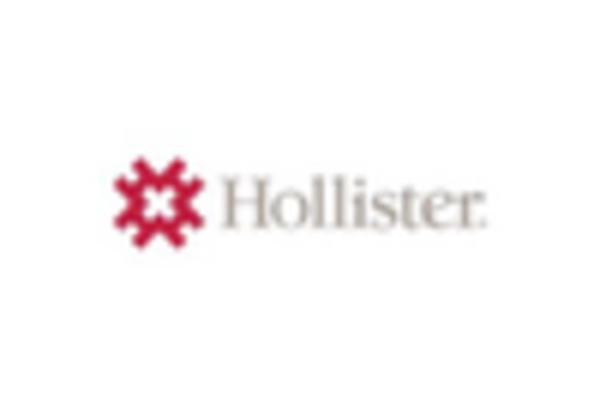
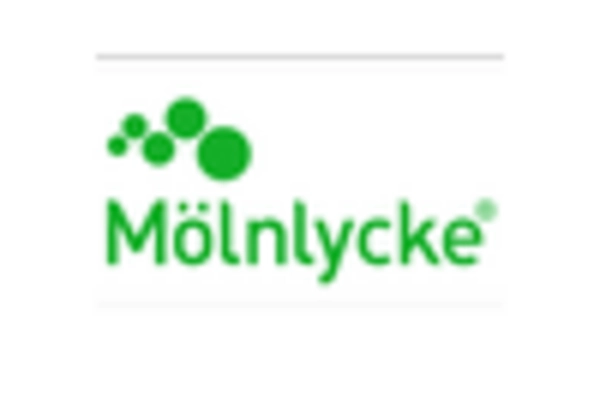









Leave a Comment